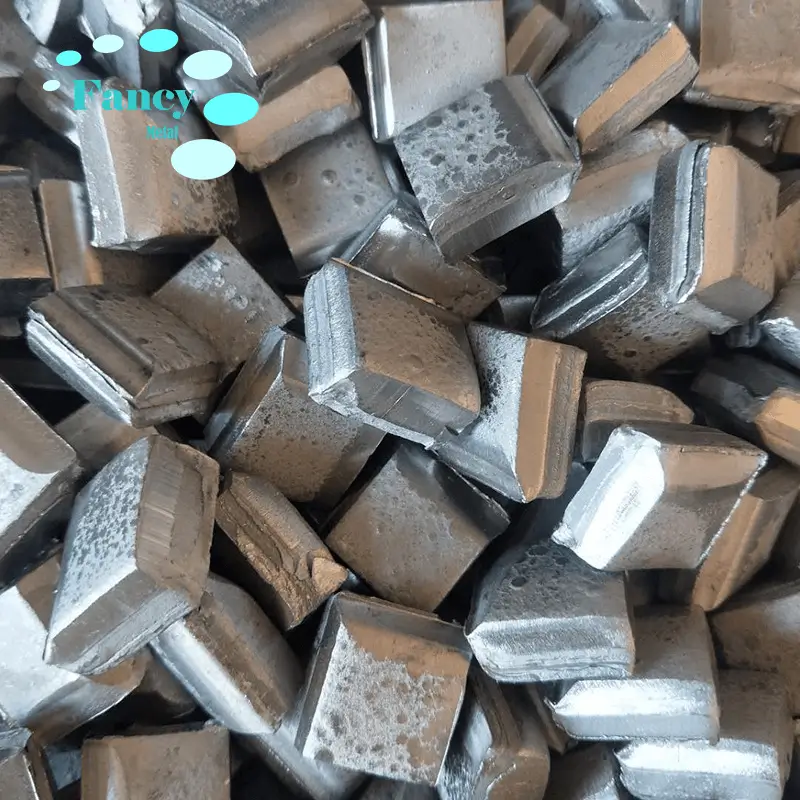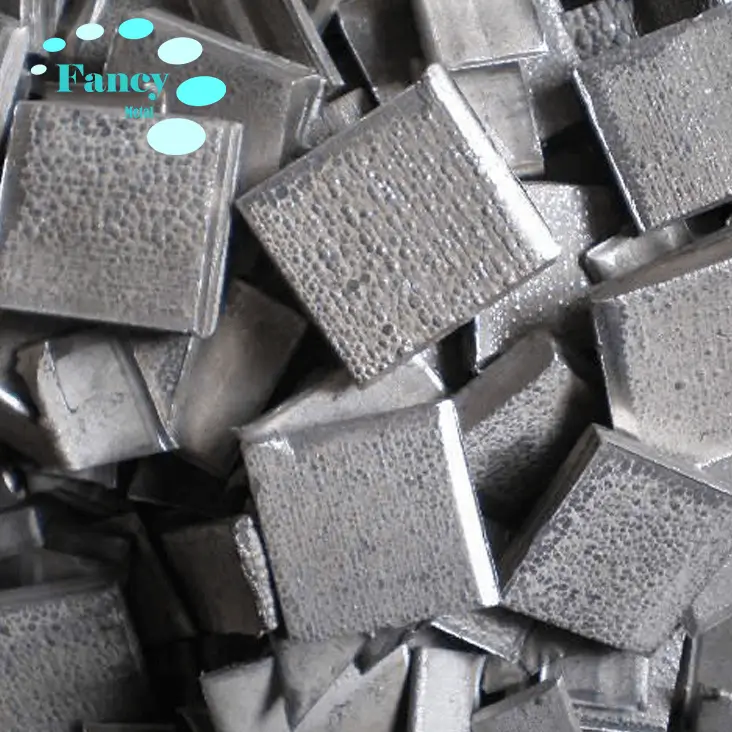Fancymetal offers high purity (customizable) metal products, as well as oxides, product shapes, foils, plates, wires, tubes, rods, powders and a variety of custom shapes.
We also have other nickel products:
Nickel
Nickel Alloy
Preparation methods:
1. Electrolysis. The enriched sulfide ore is roasted into oxides, reduced with carbon to crude nickel, and then electrolyzed to obtain pure metallic nickel.
2. Oxygen is mixed into the blast furnace to replace sulfur, and the nickel ore is heated to obtain nickel oxide. This oxide is then reacted with acid that has reacted with iron to obtain nickel metal.
3. Hydrogen reduction. Nickel oxide is reduced with hydrogen to obtain metallic nickel. [6]
4. After the ore is calcined into oxides, it is reduced with water gas or carbon to obtain nickel.
5. Carbonylation. The nickel sulfide ore is reacted with carbon monoxide to generate tetracarbonyl nickel, which is then decomposed after heating to obtain high-purity metallic nickel.
Applications:
✔ Nickel has good corrosion resistance and is often used in electroplating
✔ Alloys (formulations) (such as nickel steel and nickel silver)
✔ Catalysts (such as Raney nickel, especially used as a catalyst for hydrogenation)
✔ Electrolytic nickel: Electrolytic nickel is nickel made using electrolysis. Stainless steel and various alloy steels made from it are widely used
Advantages:
✔ Strict quality control of raw materials, process control and pre-delivery processes.
✔ Strong technical capability makes it a reliable long-term supplier.
✔ Technical support: 24 hours technical support by email or phone.
History:
In 1751, Alex Fredrik Cronstedt, working in Stockholm (the capital of Sweden), studied a new metal - called nickel arsenide (NiAs) - from Los in Helsingland, Sweden. He thought it contained copper, but he extracted a new metal, which he announced and named Nickel (nickel) in 1754.
Many chemists believed it to be an alloy of cobalt, arsenic, iron and copper - elements that occur as contaminants in trace amounts. It was not until 1775 that pure nickel was produced by Torbern Bergman, who confirmed it as an element.


